20+ SAMPLE Professional Growth Plan
-

Professional Growth Plan for Induction
download now -
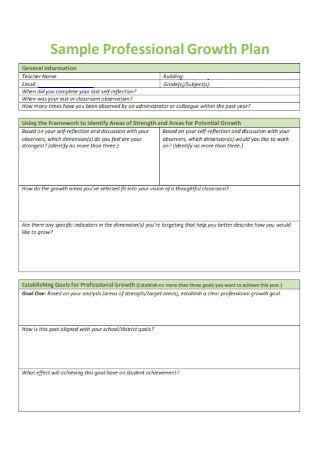
Sample Professional Growth Plan
download now -
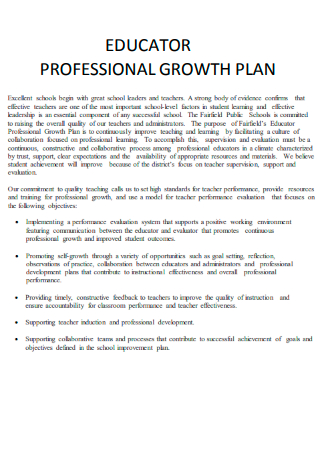
Educator Professional Growth Plan
download now -
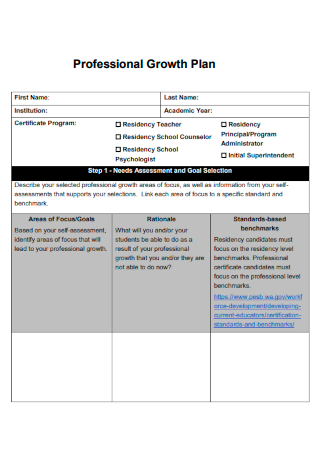
Basic Professional Growth Plan
download now -
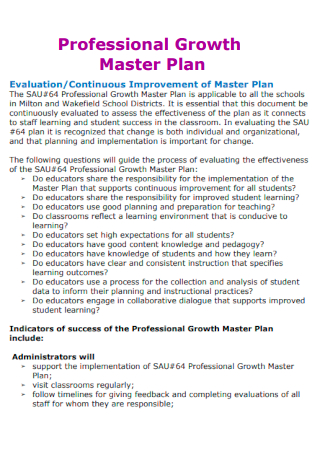
Professional Growth Master Plan
download now -
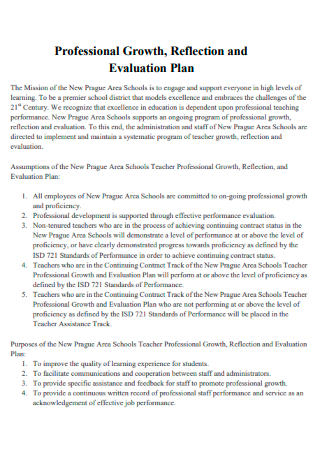
Professional Growth Reflection & Evaluation Plan
download now -
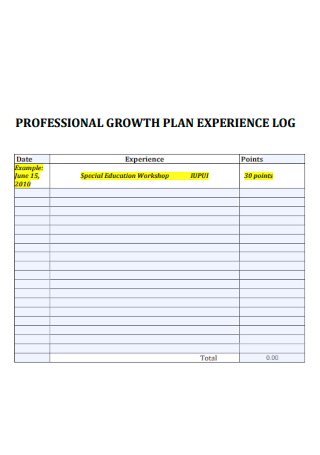
Professional Growth Plan Experience Log
download now -
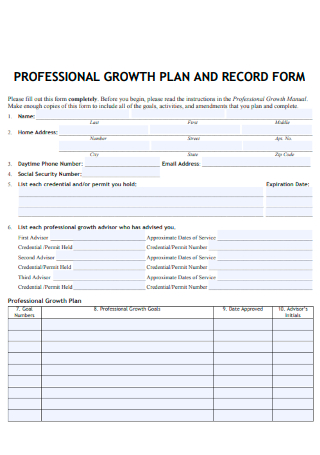
Professional Growth Plan & Record Form
download now -
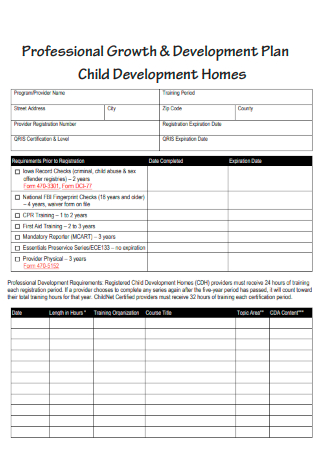
Professional Growth & Development Plan Child Development Homes
download now -
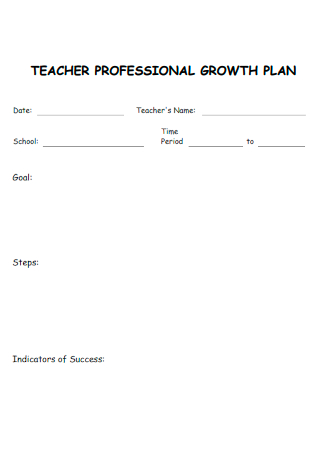
Teacher Professional Growth Plan
download now -
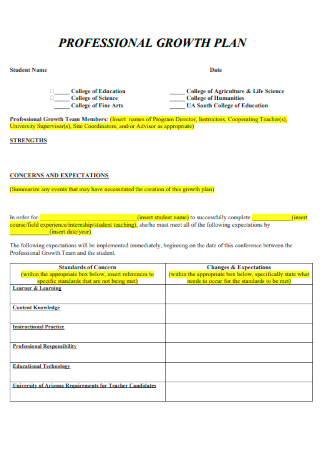
Formal Professional Growth Plan
download now -
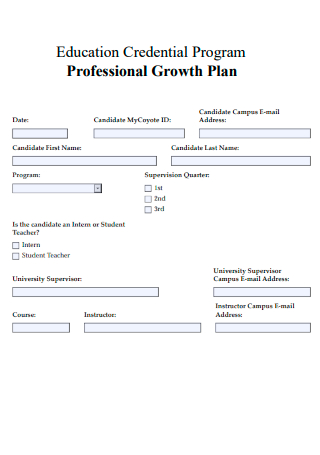
Education Credential Program Professional Growth Plan
download now -
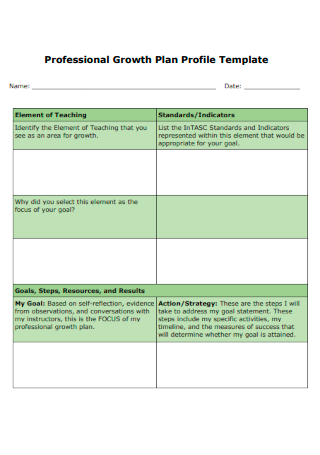
Professional Growth Plan Profile
download now -
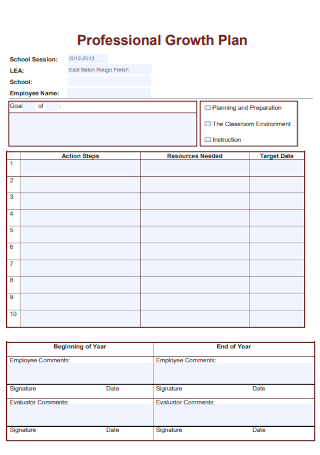
Printable Professional Growth Plan
download now -
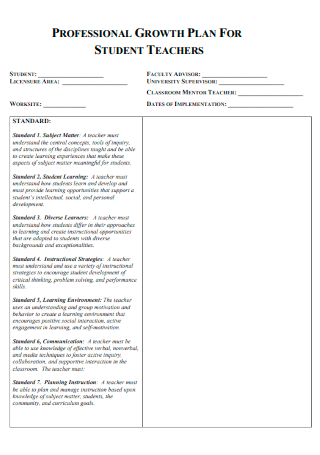
Professional Growth Plan for Student Teachers
download now -
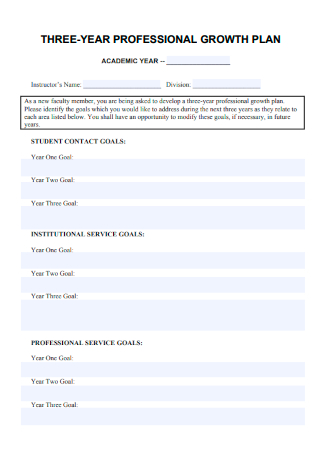
Three Year Professional Growth Plan
download now -
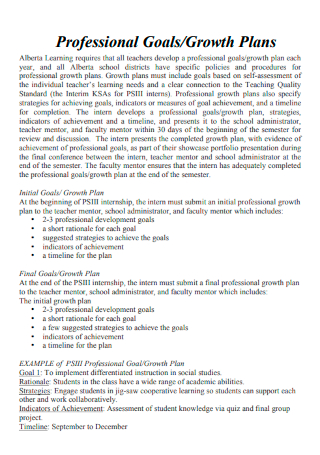
Professional Goals & Growth Plan
download now -
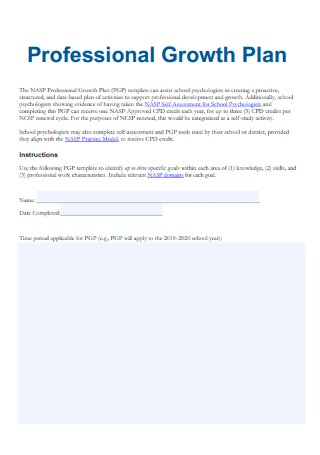
Editable Professional Growth Plan
download now -
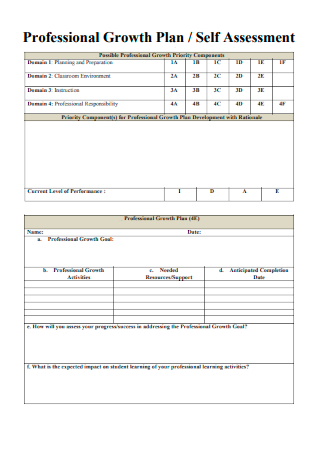
Professional Growth Plan & Self Assessment
download now -
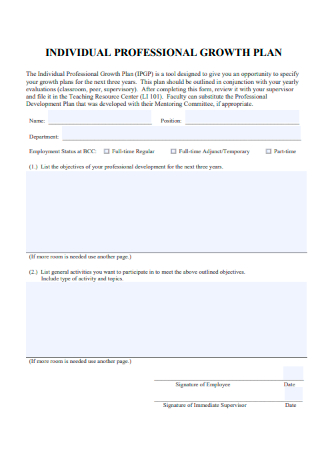
Individual Professional Growth Plan
download now -
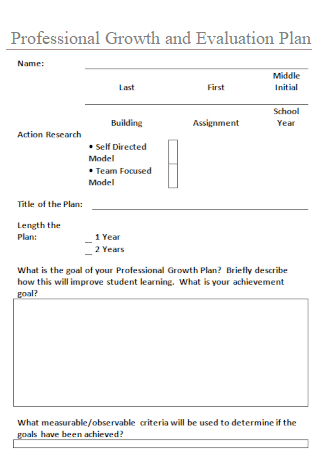
Professional Growth Plan & Evaluation Plan
download now
FREE Professional Growth Plan s to Download
20+ SAMPLE Professional Growth Plan
What Is a Professional Growth Plan?
What Does It Mean to Grow Professionally?
Sample Professional Growth Indicators
How to Create a Professional Growth Plan
FAQs
What should a professional growth plan look like?
What is a professional growth plan in education?
How do you write a professional growth goal?
What Is a Professional Growth Plan?
A professional growth plan is a comprehensive plan that charts and projects a worker’s career, with the aim of improving and furthering their professional capabilities. It is also sometimes referred to as a professional development plan. A professional growth plan is typically used for educators or teachers. But it can apply to other professions and occupations as well.
According to an article by Growth Companion, around 76% of employees desire more opportunities for career growth. Meanwhile, a majority or 87% of millennials deem professional development and growth opportunities to be very important.
What Does It Mean to Grow Professionally?
Professional growth can mean many things to different people. There is no one path to professional success. One person’s idea of success may be vastly different from another. However, there are major factors and general characteristics that suggest that one is developing professionally in the right direction. The following examples describe some of these general factors.
Sample Professional Growth Indicators
There can be several indicators of growth and development over the course of an individual’s career. Some of these may not be as evident or obvious as others. Some may be subtle and may not be noticeable right away. The following are just some major and common examples of these professional growth indicators.
How to Create a Professional Growth Plan
To create a professional growth plan, you need to have a vision of what you want in a career or at least some idea of what you want to accomplish. And if you are looking for greater ease and convenience, using a sample template will save you a ton of time and effort. Simply browse the collection of templates above and follow the steps below.
Step 1: Set the Objectives
The first step in crafting a personal growth plan is to set your objectives or career goals. As stated in earlier sections, professional growth can look different for a lot of people. There is no one picture of success. Thus, it is important to state your objectives that reflect your own personal vision and individual goals. Without setting clear objectives right from the beginning, it can be easy to veer off track or lose sight of what’s really important. Having career goals can help you stay focused and motivated. As much as possible, try to keep your objectives and goals brief but specific. You also want to state feasible and realistic goals as well. It is good to aim high and dream big; but at the same time, you must also ground your goals in reality.
Step 2: Establish Growth Indicators
Once you have established your professional growth goals, the next step is to create appropriate growth indicator mechanisms. As discussed above, there can be all sorts of indicators that can measure professional growth and development. Since it is your own professional growth that you are concerned about, you ought to be able to know when you have achieved or attained such growth. Having that awareness is key when implementing and applying your professional growth plan. Similar to key performance indicators or KPIs, having growth indicators will enable you to assess your strengths as well as identify areas that need improvement.
Step 3: Identify the Resources
The next step is identifying the resources or tools needed to execute your professional growth plan. This step is crucial because you cannot implement a professional development plan by yourself. There are certain processes and protocols you are subject to; and you also need your team’s support and collaboration. In other words, you need external help and support in order for your professional growth to take root. These may be resources that you already have access to or it may be tools you still have to acquire for you to execute your plan.
Step 4: Establish a Clear Timeline
Once you have identified your growth indicators and resources, the last step is to establish a timeline for your professional growth plan. To ensure that you implement your plan accordingly, a clear timeline must be included to set your plans in motion. Depending on the format and structure of your plan, you can incorporate your timeline as you see fit. Whether you are using a Gantt chart or a simple roadmap, it’s important to have an element of time. This way, you can track and monitor your progress and professional development. You will be able to see if you are on track towards accomplishing your career goals. If you need help crafting a timeline, you can easily refer to the dozens of editable timelines for help and ideas.
FAQs
What should a professional growth plan look like?
A professional growth plan should be curated and personalized to fit an employee’s individual needs. Since every individual is unique and possesses their own capabilities and aspirations, a ‘one size fits all’ approach would not apply to professional growth and development.
What is a professional growth plan in education?
An education professional growth plan is a comprehensive plan that is intended to further the learning goals and objectives of students and faculty alike.
How do you write a professional growth goal?
To write a professional growth goal, you need to take the time to reflect and really envision yourself and your career. It helps to be specific and descriptive in crafting your goals. Likewise, it is also important to write down realistic and attainable professional growth goals.
A professional growth plan can be a helpful tool for those seeking to take the next step in their careers. Browse the wide selection of sample templates above and start customizing your own professional growth plan now!
